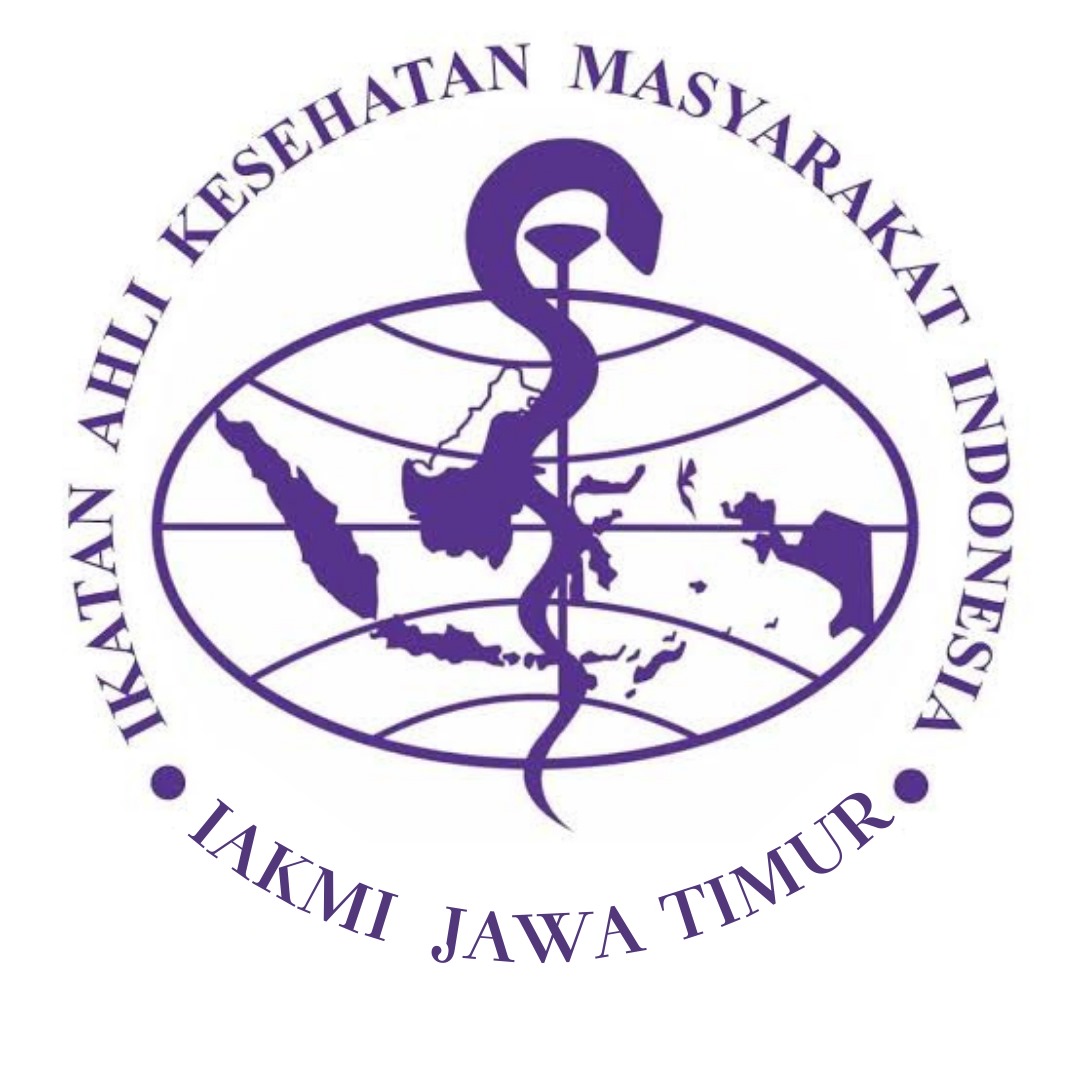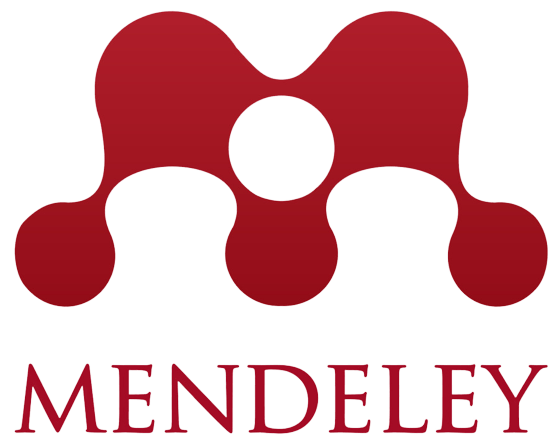Analysis of the Relationship between Family Resource Factors and Community Resource Factors with the Utilization of Neonatal Services in the Working Area of Puskesmas X Surabaya

Downloads
Background: Infant mortality is one of the priority problems in the field of maternal and child health in Indonesia until now. All health issues in the Sustainable Development Goals (SDG's) are integrated into goal number 3. In the city of Surabaya, the total number of infant deaths has shown a decreased trend in the last 3 years, but in the number of infant deaths, including deaths within the neonatal period, the number continued to increase during 2018-2020. The target of neonatal visits in the working area of Puskesmas X Surabaya is one of the causes of the infant mortality rate during the neonatal period in the city of Surabaya having increased in 2018-2019, especially in the working area of Puskesmas X Surabaya which makes the Puskesmas rank second in the number of neonatal deaths in Surabaya in 2019.
Objectives: To analyze factors related to the use of neonatal services in the working area of Puskesmas X Surabaya.
Methods: This type of research was an analytical observational study with a quantitative approach. The design of this research used cross-sectional studies. The sampling technique used in this study was probability sampling.
Results: From the research conducted, it was shown that there was no significant relationship between family resource and community resource with the use of neonatal services by mothers of infants, judging from statistical tests using the Chi-square test, the p-value obtained was more than α=0,05.
Conclusions: The enabling characteristics of the baby's mother, such as insurance ownership, family income, husband support, family support, health worker support, and accessibility, were not related to the use of neonatal services by the baby's mother in the work area of Puskesmas X Surabaya.
Andersen, R.M. (1995) ‘Revisiting the behavioral model and access to medical care: does it matter?’, Journal of Health and Social behavior, 36(1), pp. 1–10. https://doi.org/10.2307/2137284
Arimbawa, P.E. (Putu) (2018) ‘Hubungan Kepemilikan Asuransi Kesehatan dengan Penggunaan Obat Rasional (Por) pada Pasien Swamedikasi’, Jurnal Ilmiah Medicamento, 4(2), pp. 118–122. https://doi.org/10.36733/MEDICAMENTO.V4I2.866
GOAL 3 - SDGs Indonesia (no date). Available at: https://sdgs.bappenas.go.id/17-goals/goal-3/ (Accessed: 24 June 2024).
Khrisma, G.D.L. (2018) ‘Hubungan Antara Dukungan Suami, Pengetahuan, dan Sikap Ibu dengan Kunjungan Noenatal di Puskesmas Sumbersari (Studi pada Wilayah Kerja Puskesmas Sumbersari Kabupaten Jember)’. Available at: https://repository.unej.ac.id/xmlui/handle/123456789/85985 (Accessed: 12 December 2023).
Mulyanto, A.D. (no date) ‘Faktor-Faktor yang Berhubungan dengan Perilaku Ibu Hamil dalam Melakukan Kunjungan Antenatal Care’.
Notoatmodjo, S. (2010) Ilmu Perilaku Kesehatan. Rineka Cipta.
Nuraini, Y., Studi Ilmu Keperawatan, P. and Keperawatan Universitas Riau, F. (2022) ‘Hubungan Dukungan Keluarga dengan Sikap Ibu dalam Pemberian ASI Eksklusif’, Jurnal Ilmu Keperawatan, 10, p. 1.
Nurrohmah, M. (2023) ‘Besarnya Pendapatan Keluarga Dengan Pemanfaatan Pelayanan Kesehatan’. https://doi.org/10.31219/OSF.IO/QMNT8
Oluwaseyi, S.D. (2014) ‘Determinants of postnatal care non-utilization among women in Nigeria.’ https://doi.org/10.1186/s13104-015-1823-3
Permenkes No. 53 Tahun 2014 (no date). Available at: https://peraturan.bpk.go.id/Details/154752/permenkes-no-53-tahun-2014 (Accessed: 12 December 2023).
Prawira, W.D. (2014) ‘Hubungan antara Faktor Predisposing, Enabling dan Reinforcing dengan Perilaku Ibu Dalam Pemberian Imunisasi Hepatitis Pada Bayi Usia 0-7 Hari di Wilayah Kerja Puskesmas Teriak Kabupaten Bengkayang’. Available at: https://repository.unmuhpnk.ac.id/275/ (Accessed: 25 June 2024).
Prof.Dr.Sugiyono (2016) Metode Penelitian Kuantitaif, Kualitatif, dan R&D. Penerbit Alfabeta.
Profil Kesehatan Dinas Kesehatan Kota Surabaya 2018 (2019). Surabaya. Available at: https://dinkes.surabaya.go.id/portalv2/dokumen/Profil Kesehatan Kota Surabaya 2018.pdf (Accessed: 24 June 2024).
Rahmawati, A., Husodo, B.T. and Shaluhiyah, Z. (2019) ‘Faktor-Faktor yang Berhubungan dengan Perilaku Ibu dalam Kunjungan Neonatal di Wilayah Kerja Puskesmas Kedungmundu Semarang’, Jurnal Kesehatan Masyarakat, 7(2), pp. 64–72. Available at: https://doi.org/10.14710/JKM.V7I2.24782.
Raodhah, S. and Darwis, M. (2015) ‘Gambaran Pemanfaatan Pelayanan Kunjungan Neonatus di Wilayah Kerja Puskesmas Balangnipa Tahun 2015’, Al-Sihah: The Public Health Science Journal [Preprint]. https://doi.org/10.24252/AS.V7I2.2005
Saleha, S. (2009) Asuhan kebidanan pada masa nifas. Edited by S. Prawiroharjo. Jakarta: Salemba Medika.
Tarigan, I.U., Afifah, T. and Simbolon, D. (2017) ‘Faktor-faktor Yang Berhubungan Dengan Pelayanan Bayi Di Indonesia: Pendekatan Analisis Multilevel’, Jurnal Kesehatan Reproduksi, 8(1), pp. 103–118. https://doi.org/10.22435/KESPRO.V8I1.6879.
Tura, G., Fantahun, M. and Worku, A. (2015) ‘Neonatal cae practice and factors affecting in Southwest Ethiopia: A mixed methods study’, BMC International Health and Human Rights, 15(1), pp. 1–10. https://doi.org/10.1186/S12914-015-0050-2/TABLES/6
Yitbarek, K. et al. (2021) ‘Inequitable Utilization of Neonatal Health Services in Southwest Ethiopia: The Effects of Socioeconomic Disparities’, Inquiry: A Journal of Medical Care Organization, Provision and Financing, 58. https://doi.org/10.1177/00469580211018290
Zahtamal, Restuastuti, T. and Chandra, F. (2011) ‘Analisis Faktor Determinan Permasalahan Pelayanan Kesehatan Ibu dan Anak’, Kesmas: Jurnal Kesehatan Masyarakat Nasional (National Public Health Journal), 6(1), pp. 9–16. https://doi.org/10.21109/KESMAS.V6I1.113
Copyright (c) 2025 Muchamad Daffa Saifullah, M. Arju Ilmi Atho’illah, Nyoman Anita Damayanti

This work is licensed under a Creative Commons Attribution-ShareAlike 4.0 International License.
Media Gizi Kesmas by Unair is licensed under a Creative Commons Attribution-ShareAlike 4.0 International License.
1. The journal allows the author(s) to hold the copyright and to retain the publishing right of the article without restrictions.
2. The legal formal aspect of journal publication accessibility refers to Creative Commons Attribution-Share-Alike (CC BY-SA).
3. The Creative Commons Attribution-Share-Alike (CC BY-SA) license allows re-distribution and re-use of a licensed work on the conditions that the creator is appropriately credited and that any derivative work is made available under "the same, similar or a compatible license”. Other than the conditions mentioned above, the editorial board is not responsible for copyright violations.



















